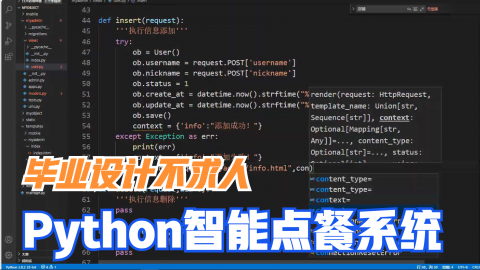概述
数据读写不一定是文件,也可在内存中读写
在内存中读写可分为两种:
1) 读写字符(StringIO),其操作的是str
2) 字节读写(BytesIO),其操作的二进制数据
StringIO
StringIO就是在内存中读写str
要把str写入StringIO,需先创建一个StringIO,然后像文件一样写入即可
要读取StringIO,可以用一个str初始化StringIO,然后像读文件一样读取
实例
from io import StringIO f_w = StringIO() f_w.write('hello') f_w.write(' ') f_w.write('world!') print(f_w.getvalue()) #getvalue()方法用于获得写入后的str #output --> hello world! f_r = StringIO('Hello!nHi!nGoodbye!') while True: s = f_r.readline() #readline()方法从StringIO中读取str if s == '': break print(s.strip())
BytesIO
BytesIO就是在内存中读写bytes
要把bytes写入BytesIO,需先创建一个BytesIO,然后像文件一样写入即可
要读取BytesIO,可以用一个bytes初始化BytesIO,然后像读文件一样读取
实例
from io import BytesIO f_w = BytesIO() f_w.write('中文'.encode('utf-8')) #写入的不是str,而是经过UTF-8编码的bytes print(f_w.getvalue()) #getvalue()方法用于获得写入后的bytes #output --> b'xe4xb8xadxe6x96x87' f_r = BytesIO(b'xe4xb8xadxe6x96x87') print(f_r.read()) #output --> b'xe4xb8xadxe6x96x87'
内容来源于网络如有侵权请私信删除
- 还没有人评论,欢迎说说您的想法!





 客服
客服


